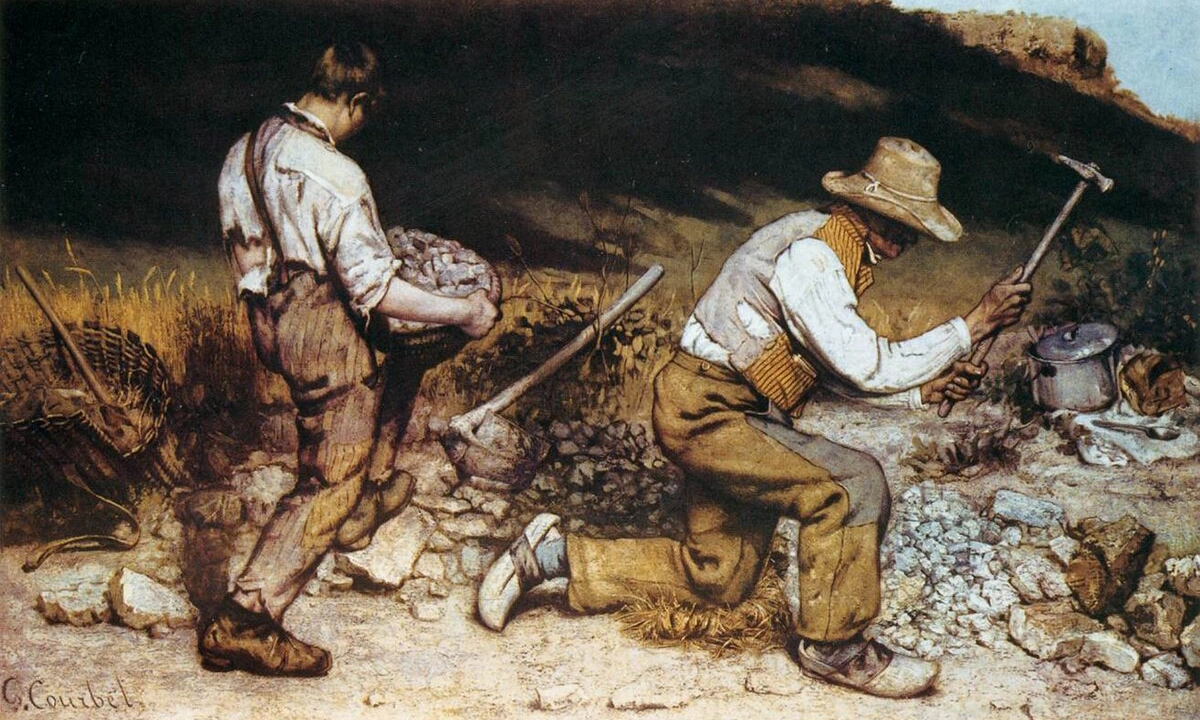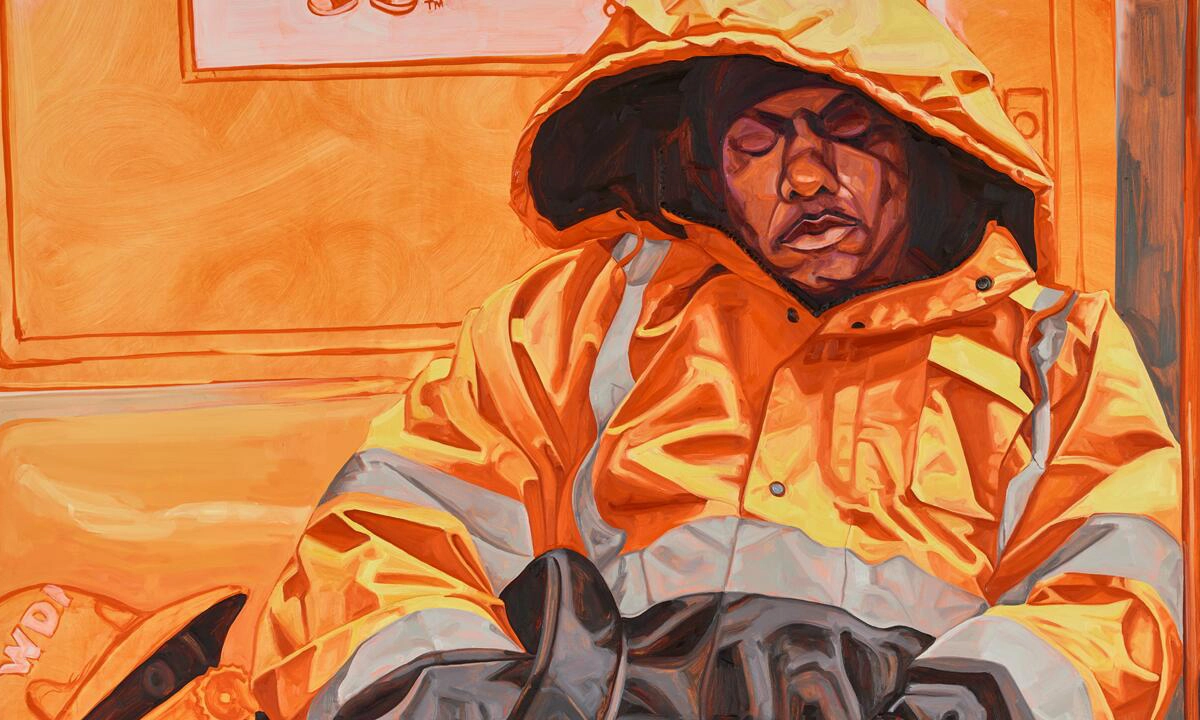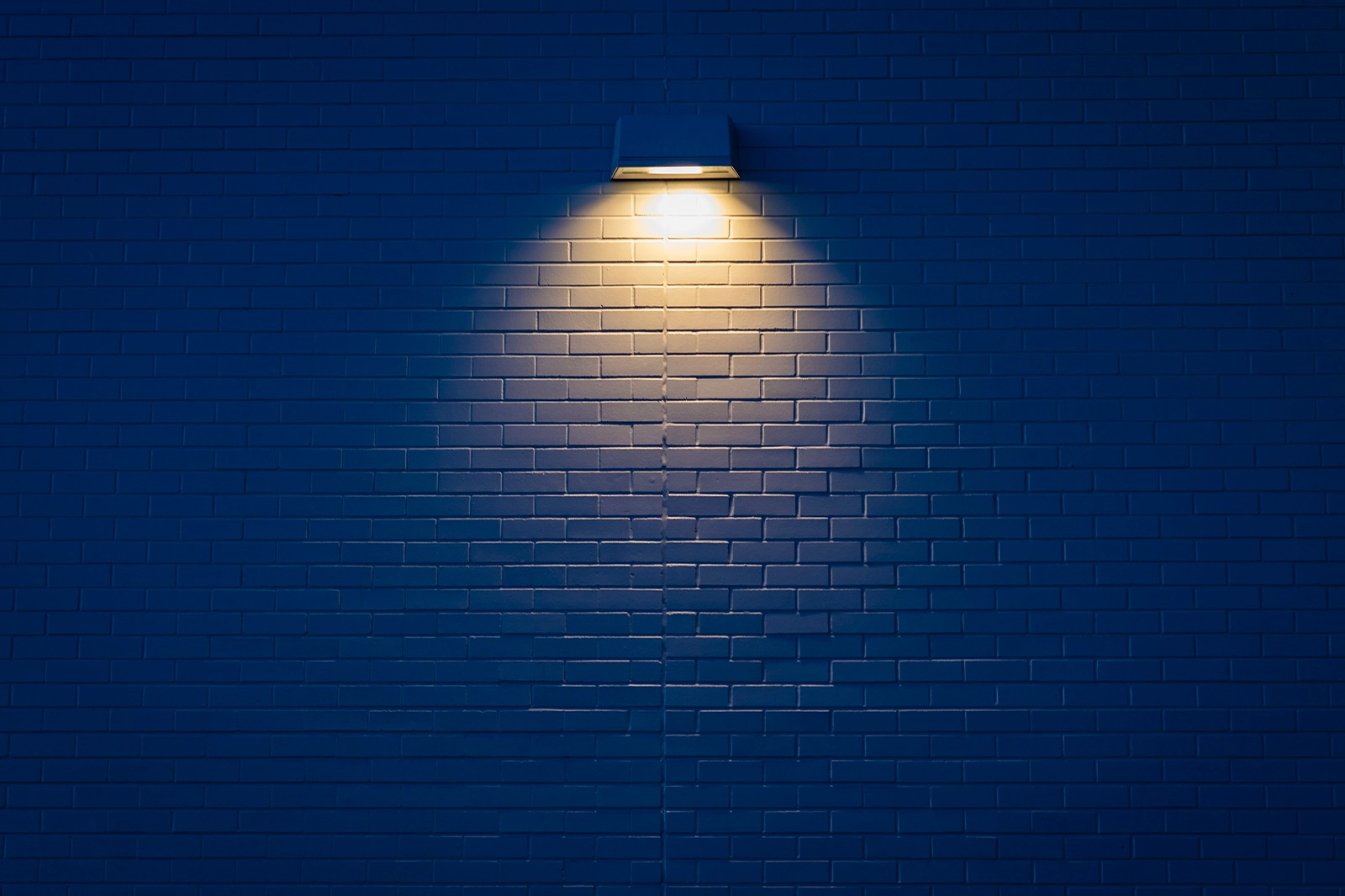In an age of abstraction, digital distortion, and curated illusion—Realism still has something urgent to say.
Look closely at a Realist painting from the 19th century—a Gustave Courbet, say, or a Jean-François Millet—and you’ll see more than technique.You’ll see resistance. These were not only painters capturing moments of ordinary life; they were pushing against the forces of taste, convention, and authority that ruled the day. Realism was not created for beauty. Realism was created for truth. It was often made to be awkward, politicized at times, and always based on the notion that real people—and their real stories—should be witnessed.
Cut to the 21st century. The art world is in ferment with abstraction, AI, digital installations, and conceptual gestures. And just as certainly, those movements have their power and potential. But something remarkable is occurring: a quiet but unmistakable turn toward the real. From figurative painting to documentary photography to in-your-face sculpture, there's hunger once more for work that represents—and comes to terms with—the world as it is.
So what is there to learn from Realism today? The short answer: everything.
Realism Isn’t About Replication. It’s About Recognition
Let's make one thing clear first: Realism isn't just mimicking what you see. It's revealing what was overlooked. That's why 19th-century Realists painted laborers, peasants, city sidewalks—subjects the art establishment considered not worth painting. It wasn't the brush strokes of paint that were provocative. It was the subject.
In the same vein, modern Realism is inquiring: who are we leaving out today? Whose stories are not on our museums' walls or on the grid of our social media?
Modern Realists aren't simply painting faces realistically—they're documenting displacement, poverty, intimacy, migration, sorrow, struggle. With oil, pencil, or camera viewfinder, this new Realism forces us to look at people in all their complexity, not symbols, not headlines. That is not nostalgia. That is confrontation.
Realism in a Filtered World
We're the curation age. Our lives are being edited, filtered, color-graded. Even randomness is made beautiful. And then you have something authentic—if it's authentically honest—that can be jarring. That's the strength of it.
Consider artists such as Jordan Casteel, painting people of color with unflinching intimacy and warmth. Or LaToya Ruby Frazier, photographer, whose documentary photography chronicles the collapse of post-industrial America from the inside out. Or sculptor Simone Leigh, who brings Black womanhood into sharp relief through forms that are simultaneously earthy and monumental.
These artists aren't idealizing the real. They're raising it. And, in so doing, they're taking back the story from misrepresentation.
Realism as Emotional Truth
Another myth about Realism: that it's clinical or affectless. But the greatest Realist work has always been deeply emotional—not in the way of drama, but in the way that it invites you to feel into it. It makes you wait. It forces you to think about someone else for a minute, unshowily.
That kind of emotional realness is more essential now than ever. In the era of immediate reaction, Realist art demands attention. Stillness. Slowness. It makes you look—not swipe. And in looking, you bond.
Realism doesn't scream. It lingers.

The Political Power of the Real
Let's not forget: Realism never lost its political edge. Courbet's The Stone Breakers wasn't a static painting of two men breaking stones. It was a criticism of aristocratic taste. It claimed: this is France, too.
Today, that vision exists in artists who employ Realism to complain about systems—economic systems, racial systems, environmental systems. It's in murals remembering those lost. It's in street photography of lives made invisible by dominant culture. It's in work chronicling what governments don't want to see.
Realism, at its best, isn’t passive. It’s urgent.
Realism in the Studio and the Algorithm
Notably, such a revival of Realism occurs concurrently with the explosion of AI-created art and algorithmic beauty. That simultaneity speaks volumes. If all may be constructed, simulated, and played around with instantly, then human hand more precious—not less.
There is something revolutionary in a painter investing 60 hours on a portrait. On investing such time, work, and skill on one subject. It goes against speed. Disposability. The worn-out uniqueness that the algorithm likes to enforce.
In that way, Realism isn’t old-fashioned. It’s revolutionary.
Final Thought
Why Realism Matters: In 2025, Realism could be the most subversive genre around. Not because it's noisy. But because it's real. At a time when truth is questioned on a daily basis—when images are weapons and identity becomes a commodity—Realism has something to cling to: the face. The body. The room. The light. The fact that someone was here.
It reminds us that art can be witness. That beauty lies in plainness. That empathy, when fashioned well, can pierce more effectively than critique.
So next time someone tells Realism to get with the times, ask them this: what's more contemporary than existing for who you

.svg)
















